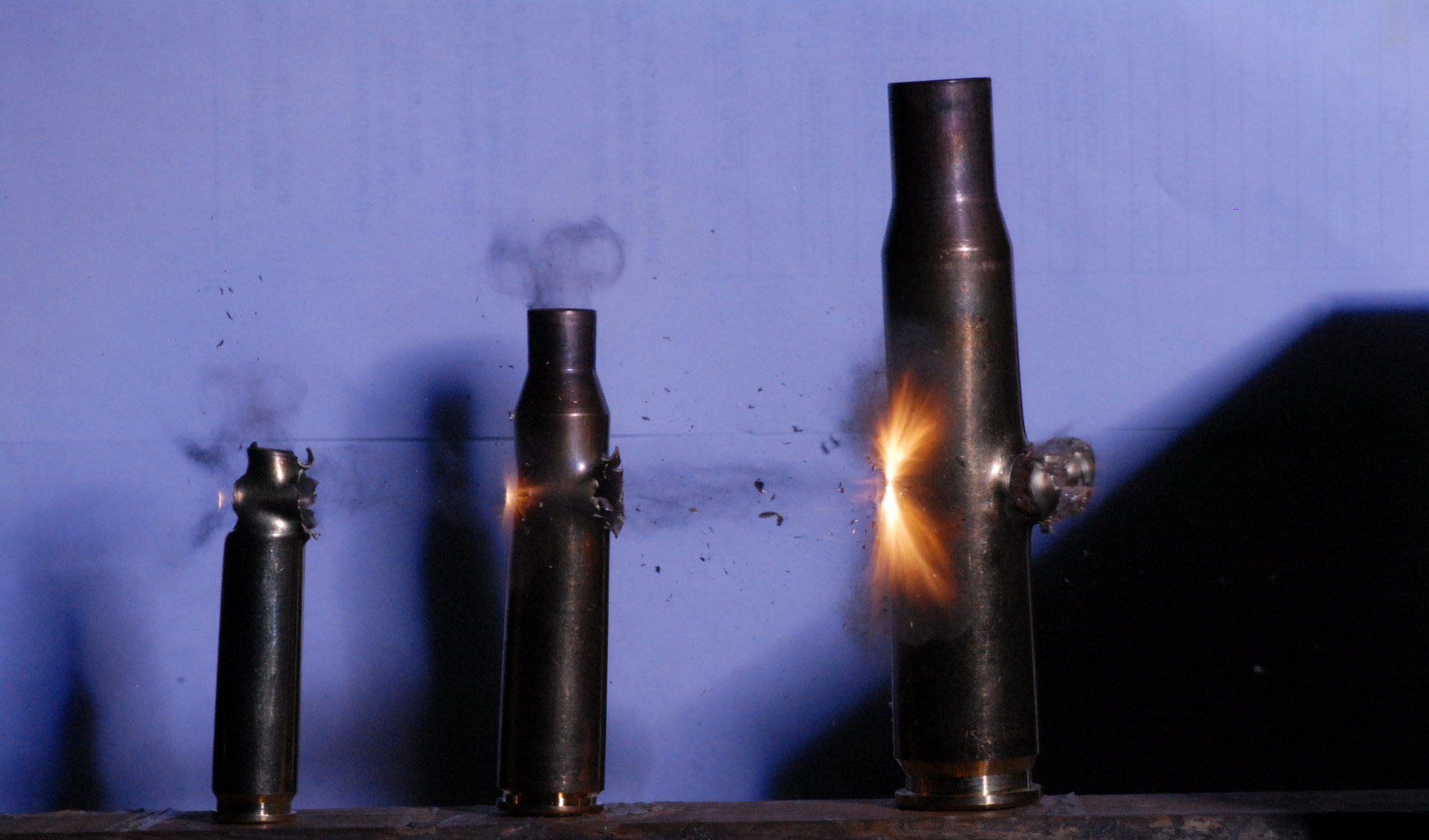Whenever a handloader or an ammunition manufacturers sets out to develop a new load the first place they should start is reviewing the specifications of the cartridge the load is for.
Handloaders typically purchase a set of dies, look up the cartridge in a load manuel, and follow the recipe spelled out. For the vast majority of the time, this works just fine. However someone who is developing a load for the consumer market needs to spend a little more time reviewing the specs that govern that particular cartridge. Time spent reviewing and adhering to cartridge dimensions will help ensure the ammunition doesn’t just function in few firearms but function in every firearm that adheres to the same specification.
Cartridges generally fall into one of 4 categories listed below.
- SAAMI Recognized Cartridge – Ex. 308 Win, 6.5 Creedmoor, 7mm Remington Mag
- C.I.P Recognized Cartridge – Any ammunition sold in a C.I.P governed nation.
- Mil-Spec Cartridge – 5.56×45, 7.62×51, 12.7×99 Nato (50 BMG)
- Proprietary or Wildcat Cartridge – 50 Beowulf, 338 Spectre, 458 SOCOM
In the United States, ammunition sold to consumers is not required to conform to SAAMI guidelines, and companies are allowed to produce or import ammunition for commercial sale that do not meet SAAMI specs. However if your ammunition does not meet SAAMI Spec, you run the risk of malfunctions, and/or endangering the consumer. If you’re loading for yourself, you take on that risk, if you reload for others you may be held liable for any harm that your ammunition causes should it cause injury or damage.
Companies that sell ammunition into countries that are part of C.I.P are required by law to pass C.I.P standards and receive a C.I.P proof mark on their ammunition prior to it being sold on the market. In addition to C.I.P conformance export licenses are required from the State Department. This bars all but the larger US ammunition companies from exporting ammunition to C.I.P countries. With that said, many cartridges recognized by the C.I.P have not been recognized by SAAMI. In the absence of SAAMI cartridge specs, it is a good practice to refer to the C.I.P specs even if there is no intent to export ammunition.
SAAMI, C.I.P and Mil-Spec all have some type of Max Cartridge and Min Chamber Drawing. These drawings set the standard by which a cartridge made by Company A with fit in a chamber made by Company B as long as both companies follow the drawing. Below are examples of a SAAMI and CIP Max Cartridge and Min Chamber Drawings:


As shown in the examples above CIP and SAAMI dimension cartridges differently. Newer cartridges are typically identical despite the different drawing standards, however older cartridges may have differences, and these sometimes subtle differences can lead to issues. If you intend to load ammunition that will be for sale in the the United States, and European Countries, understanding what the CIP and SAAMI differences are becomes very important.
When purchasing case and cartridge gages for the particular caliber make sure you know what standard the case/cartridge gage was made to. If you need to have a custom gage made, supply the print for the spec you want the gage made to. This is straightforward on SAAMI, CIP, and Mil-Spec Cartridges, but with a wildcat or proprietary cartridges you may need to contact the person or company that holds the rights to that cartridge. There may be a royalty or fee associated with the prints, or even the production of the ammunition.
SAAMI Min Chamber and Max Cartridge Dimensions can be found here.
C.I.P Min Chamber and Max Cartridge Dimensions can be found here.
I haven’t found a singular source for Mil-Spec Min Chamber and Max Cartridge Drawings, if you know of one, please email me (jayandrew338@gmail.com) and I’ll add it here.
SAAMI, CIP, and Mil-Specs all have their own methods for measuring pressure and velocity. These are detailed processes that require their own write ups. Knowing the critical cartridge dimensions, and taking the time to understand them will ensure that your ammunition will fit within any barrel chambered to the same spec.
